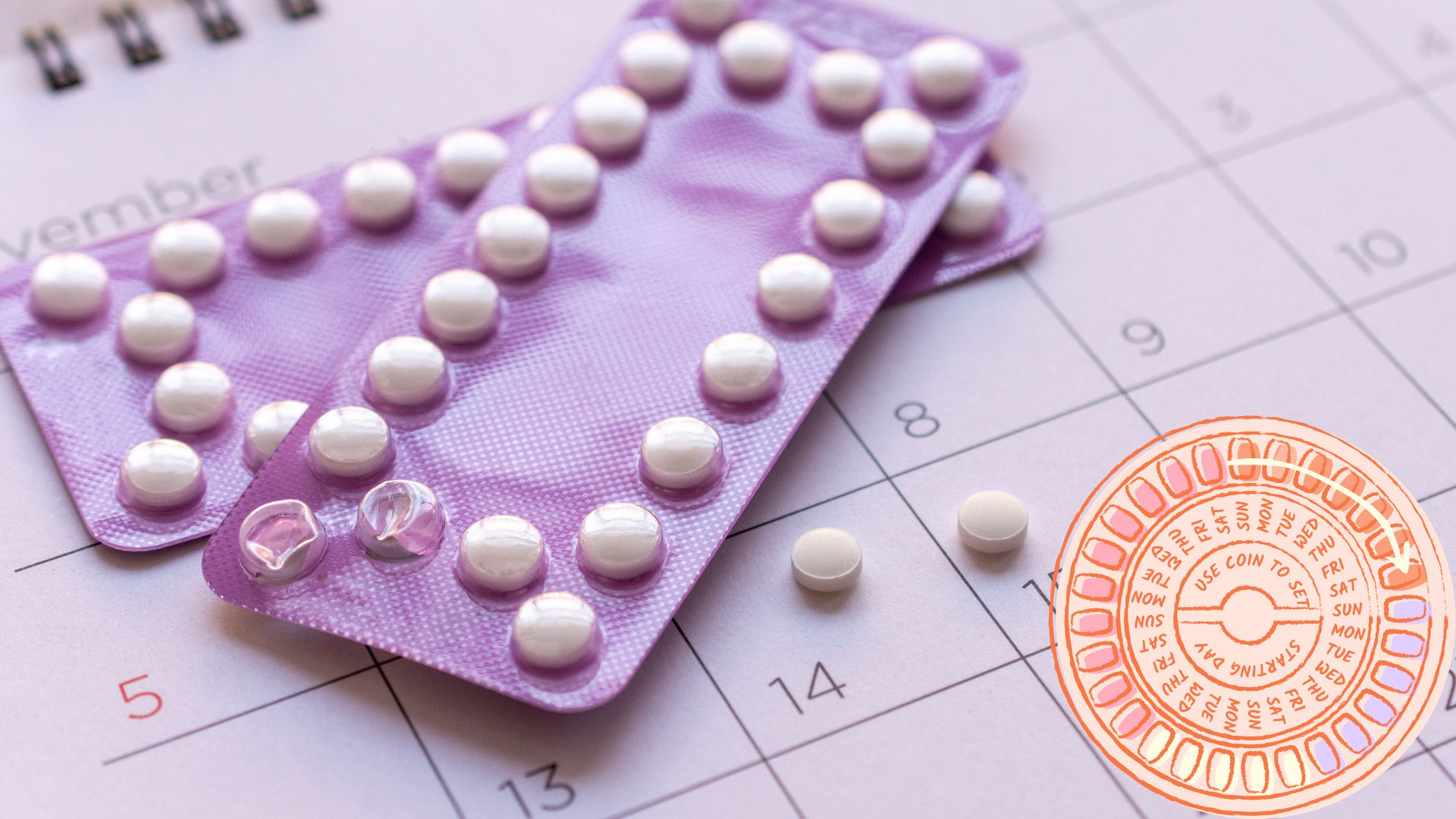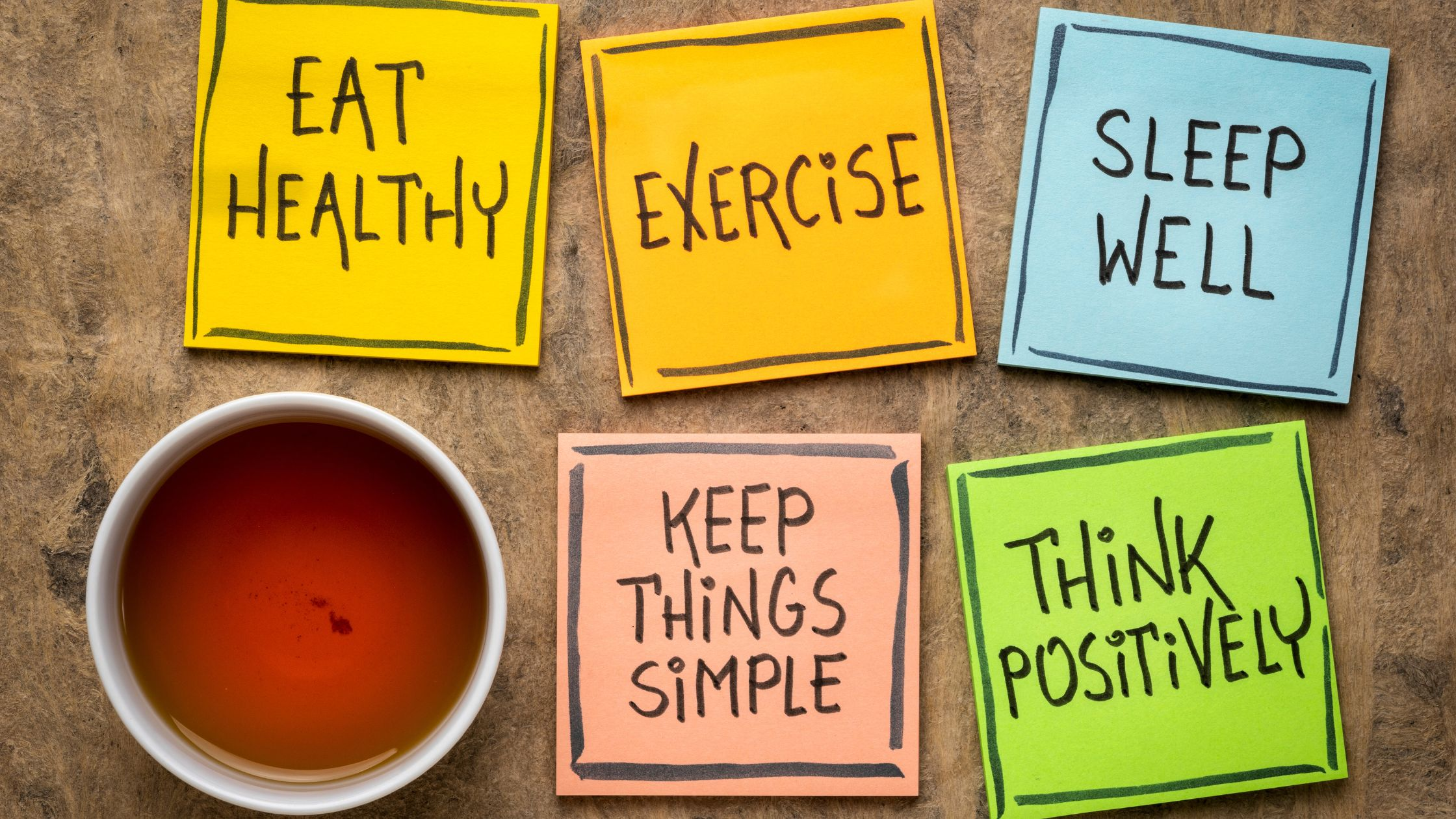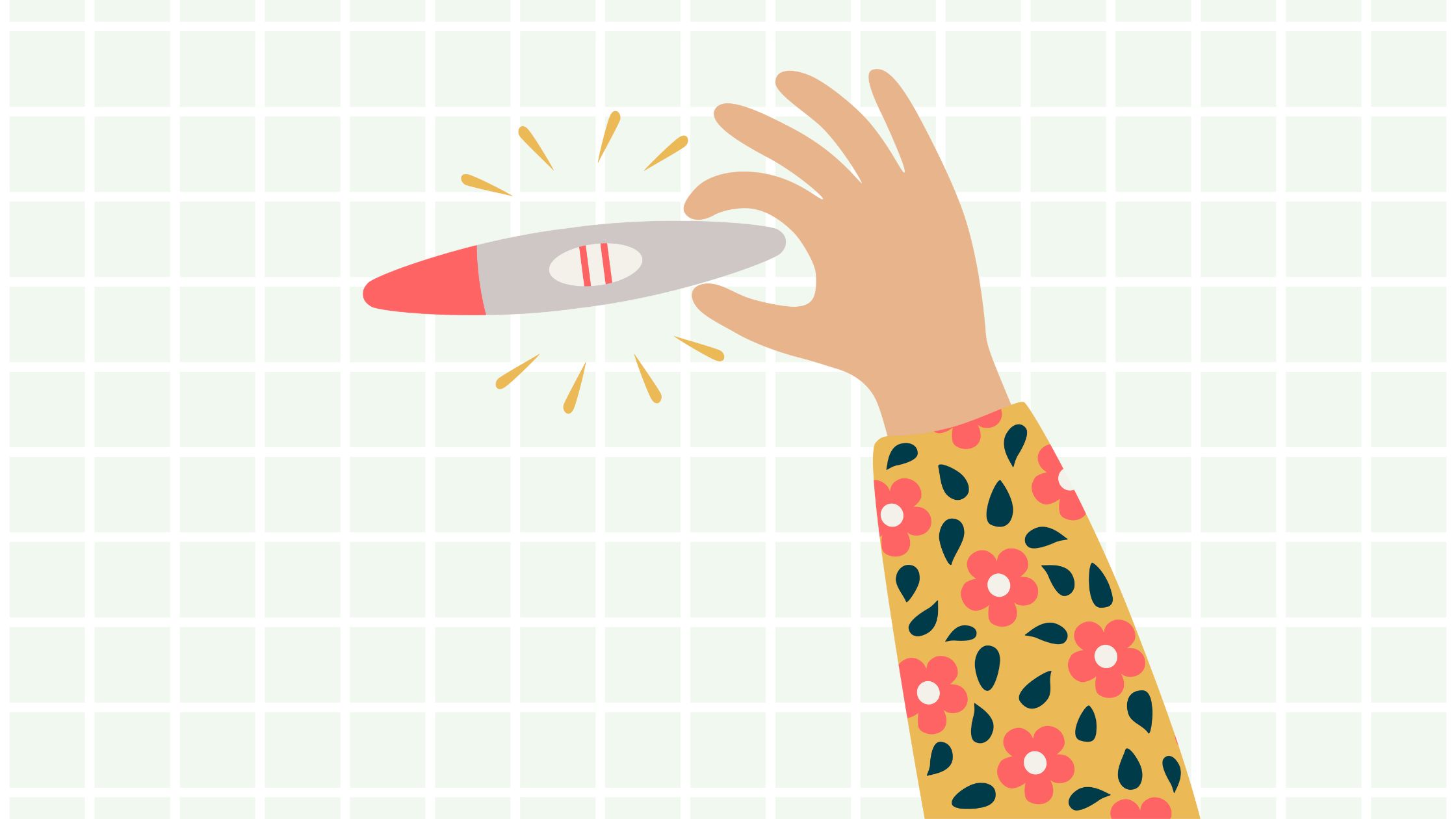So, you’re ready to dive into the baby-making pool, and you want to swim fast. Well, you’re not alone in this race against the biological clock.
Mother Nature’s got her timetable, sure, but there are nifty tricks to nudge her along.
Some couples seem to get pregnant just by glancing at each other. Others need a bit more time. If you’re in the latter camp, don’t worry. Patience might be necessary, but so is preparation.
According to the American College of Obstetricians and Gynecologists, your chances are about 25% each cycle in your 20s and early 30s. By 40, it’s about 10%.
Don’t let numbers dampen your spirit, though! From quitting birth control a bit early to tracking your fertile days, you can do plenty. The top tip? Well, it’s good old-fashioned lovemaking, especially during that fertile window. Even if you’re ticking all the boxes, remember that quick conception isn’t guaranteed for every couple.
Remember, these tips might only work magic for some, especially if there are underlying fertility issues. Pregnancy planning isn’t an exact science, and if it’s taking longer than hoped, don’t shoulder all the blame. Keep at it, and for most, the persistence pays off.
This article will share seven savvy strategies to boost your baby-making odds. No need to leave it all up to chance. Knowledge is power, mainly when predicting ovulation and understanding the fertility dos and don’ts.
Let’s dive into these tips, mix in patience, and sprinkle it all with hope. Here’s to your journey to fast-tracking family life!
Step 1: Stop Taking Birth Control

If you’re thinking about having a baby and have been using birth control, you might be wondering if you need to wait before trying to conceive. The simple answer is that you don’t necessarily have to wait long after stopping birth control to begin trying for a baby.
When you stop using birth control, especially if it’s hormonal, like the pill or vaginal rings, it might take a little time for your body to return to its natural cycle. Your menstrual periods could be irregular or absent for a short while. Some women might take a few cycles to start ovulating regularly. Typically, your cycle should begin to normalize within a few months. Remember, with some methods, particularly long-acting ones like the Depo-Provera shot, fertility might take longer to return.
For those using barrier methods, like condoms, fertility returns immediately once you stop using them. Non-hormonal IUDs also don’t delay fertility once removed. If you’ve been using hormonal birth control, you might want to switch to a non-hormonal method a few months before you start trying to conceive, allowing your body to adjust.
Step 2: Maintain a Healthy Lifestyle

To boost your odds of getting pregnant fast, looking after your health is key. Your body experiences many changes and challenges during pregnancy and giving birth. So, getting as healthy as possible before you start trying for a baby is a good idea. To help you on your way, we’ve put together some easy-to-follow health tips that could help you get pregnant faster.
Get a Preconception Checkup
Visiting your doctor is a good idea before you start trying for a baby. At this visit, your doctor will review your overall health and may suggest changes to increase your chances of a quick and healthy pregnancy. If you have any health issues, it’s essential to manage them before getting pregnant.
Your doctor can recommend prenatal vitamins, especially ones with folic acid, which is crucial for preventing certain birth defects early in pregnancy, like spina bifida. It’s essential to start taking folic acid before you’re pregnant because it’s most effective in the early stages.
Aim for a Healthy Body Weight
Having too much or too little body weight can make it harder to get pregnant, leading to problems with ovulation. Aim for a weight that’s healthy for you to improve your chances of conceiving.
The Mayo Clinic suggests that being at a healthy weight before you start trying for a baby can increase your chances of getting pregnant quickly and decrease health risks. If you’re overweight, with a BMI of 30 or more, it might take longer to conceive. You could also face more problems if you’re using fertility treatments like IVF.
Your Body Mass Index (BMI) can guide you to what a healthy weight is for your height, but remember, it’s only sometimes accurate for everyone, like those with a lot of muscle or those who are very tall or short. To achieve a healthy weight, try to do it slowly, aiming to gain or lose 1-2 pounds weekly. Losing or gaining weight too quickly can be bad for your body.
Get Some Exercise
To help get pregnant, it’s a good idea to have regular, moderate exercise. A daily walk or any activity that gets your heart going can improve your overall health and help prepare your body for pregnancy.
Exercise has many benefits, including a better pregnancy experience, shorter labor, and easier delivery.
However, remember that strenuous exercise might make it harder to get pregnant by affecting ovulation. Overdoing it or intense, long-term exercise routines can hinder your menstrual cycle and reduce your chances of ovulation, especially in the case of professional athletes or those who train excessively.
Eat a Healthy Diet
Fill your plate with lots of fruits, veggies, and whole grains when trying to get pregnant. These healthy foods help with essential things like increasing a hormone called progesterone, which you need to stay pregnant. It also supports the release of eggs and allows the baby to attach to the womb early on.
Eat 3 cups of vegetables daily, and include some protein every time you eat. Colorful fruits and vegetables are great because they have many antioxidants and vitamins. And remember to eat your greens—they have folate and iron, which are super important right now.
Here are some things to avoid:
- Refined carbs like white bread and sugary snacks.
- Processed meats, such as hot dogs.
- Eating too many carbs in general.
- Fish with a lot of mercury, like canned tuna, swordfish, tilefish, and shark.
Cut Down on Caffeine Consumption
You don’t need to give up caffeine entirely if you’re trying to have a baby. But limiting yourself to one or two small cups (8 ounces each) daily is best. While studies aren’t completely clear, some suggest that drinking a lot of caffeine might make it harder to get pregnant.
It’s generally agreed that a bit of caffeine is okay, but too much (over 200 milligrams per day) might reduce your chances of conceiving. Some research points out that drinking five or more cups of coffee daily could negatively affect fertility, but this is much more than most people drink.
Tea usually has less caffeine than coffee, so to be cautious, you might want to switch to tea or have a medium-sized coffee each day. Remember, caffeine isn’t just in coffee and tea; it’s also in some chocolates, sodas, and supplements, so check labels to keep track.
Quit Smoking
Smoking makes it harder to get pregnant and increases the risk of losing the baby. It reduces a woman’s estrogen, crucial for releasing eggs and keeping a pregnancy.
Men who smoke also have weaker and fewer sperm. Both men’s and women’s fertility is harmed by tobacco, as stated by the U.S. Food and Drug Administration.
Quitting smoking is challenging but very important. It can help lower the risks of problems in getting pregnant and protect the baby from serious health issues.
Limit Alcohol Consumption
If you’re trying to have a baby, it’s best not to drink alcohol. Even a little bit of alcohol isn’t safe during pregnancy, and since you can’t tell right away when you’re pregnant, it’s safer to not drink at all.
This goes for both partners because a lot of alcohol can lower a man’s sperm quality and count. While a small drink now and then might not do much harm, regular or excessive drinking can significantly reduce your chances of getting pregnant. To be on the safe side, avoid alcohol when you’re trying to conceive.
Reduce Stress
Too much stress might disrupt your menstrual cycle and affect ovulation. However, the connection between stress and infertility isn’t definitive and varies from one study to another.
If you’re feeling stressed while trying to conceive, engage in calming activities like yoga or meditation, or consider therapy. Good mental health is vital in this journey.
Step 3: Track Your Ovulation

Before focusing on getting pregnant quickly, it’s crucial to understand your body’s cycle. Learning when you ovulate and are most likely to conceive is key to getting pregnant. Figuring out the exact timing can be challenging, but fortunately, there are many ways that can with help tracking ovulation.
Get To Know Your Menstrual Cycle
Ovulation is when an egg is released from the ovary. Many think this always happens 14 days after the start of a period, but that’s only true for some. Cycles can vary from 24 to 35 days, and ovulation can occur between 11 and 21 days after your period starts, or even earlier or later for some. Usually, you get your period about 12 to 14 days after you ovulate.
If your menstrual cycle is regular, you’ll likely ovulate about two weeks before your menstrual period starts. The best chance to get pregnant is to have sex during the “fertile window,” which is about 5 days before and 1 day after ovulation. If your cycle is predictable, this window is easier to find. However, figuring out your fertile window might be more challenging if your cycle is irregular. You can use several methods to more accurately predict when you’ll ovulate.
Use an Ovulation Calculator
Utilizing a fertility tracker is an invaluable tool in conception. It serves as a guide to identify the most fertile days for baby-making. By recording the first day of the menstrual cycle over several months, a pattern becomes apparent, revealing the optimal window for conception, typically spanning the five days before ovulation and the 24 hours that follow.
Women with a regular menstrual cycle will find the ovulation calculator especially beneficial, almost like possessing a crystal ball that predicts peak fertility times each month.
Use Ovulation Predictor Kits (OPKs)
Knowing when your body is ready is crucial if you’re trying to have a baby. You might have heard of looking for ovulation signs, but sometimes these signs come too late. Instead, you can use ovulation tests from a drugstore. Doctors sometimes recommend ovulation predictor kits (OPKs). OPKs detect a hormone surge in your urine about a day before ovulation.
To use these tests, try to do them simultaneously every day for a few days. Wait to drink or go to the bathroom for about two hours before the test. You’ll either put the test strip in a cup of your pee or pee directly on it. The test will show a color or symbol when it’s the best time to try for a baby.
Keep in mind that these tests aren’t perfect. They only check for one sign of ovulation. If you have certain health conditions or are taking fertility drugs, the tests might not work well.
There are also fertility monitors, which are digital and easier to use. They’re more expensive but can tell you when you will likely get pregnant.
Measure Basal Body Temperature
If you’re trying to find the best days for a baby, consider tracking your basal body temperature, or BBT for short. This is your body’s temperature when your body is at rest. You check it every morning before you get out of bed.
When charting BBT, you’re looking for a tiny drop in temperature, followed by a half-a-degree rise for three days straight. This little uptick in temperature could mean you’ve ovulated. But, an egg only survives for about 24 hours after ovulation. So, by the time your BBT goes up, it might be too late to try for a baby.
That’s why relying on BBT to time ovulation might not be the best strategy if you’re aiming to get pregnant. And there’s more to consider. Your body’s temperature can go up for other reasons, for instance, if you’re sick.
Check Cervical Mucus
Knowing the signs of ovulation can be helpful, especially if you’re trying to conceive. One major clue is the shift in your cervical mucus. It turns thin and slippery, like raw egg whites – that’s your body’s way of saying it’s prime time for fertility. This sticky stuff traps sperm so that even if some semen sneaks out, a lot of those little swimmers stay put inside your body.
As estrogen levels rise, thanks to the developing ovarian follicle (a tiny sac in your ovary where the egg gets all prepped and ready), your cervical mucus gets even thinner and slipperier. Some women may also feel a slight pain on one side when they’re ovulating.
But here’s a pro tip: to get that optimal, sperm-friendly cervical fluid, you need to keep yourself hydrated. Aim for about eight 8-ounce glasses of water a day.
So, when you start seeing these changes, it’s go-time! Have sex every day or every other day until ovulation hits. Post-ovulation, you’ll notice a change again – the mucus gets thick, sticky, and cloudy.
Step 4: Have Well-Timed Sex
It’s all about timing and balance when trying to get pregnant. Having sex once a day, every other day, during your fertile window right before and after ovulation is the sweet spot. Why, you ask? Too much action can lower your partner’s sperm count, and too little might mean the sperm is too old and not fast enough to swim up to the egg to fertilize it.
Using ovulation predictor kits (OPKs) can help you know when you are ovulating. If you get a positive result, it’s go-time! Follow up with a few days of lovemaking to maximize your chances.
Or, if you’re more of a natural observer, keep an eye on your cervical mucus. When it starts looking like raw egg whites, it’s a green light for baby-making activities.
And remember, while it might be tempting to turn your calendar into a sex marathon, it’s not necessary to go overboard. Having sex three to four times a week strikes a perfect balance.
Step 5:Don’t Stress About Specific Sex Positions to Get Pregnant

There’s no scientific evidence that any specific position, for instance, the missionary, increases your chances of getting pregnant. No sex position guarantees pregnancy or causes infertility. Even if the cervix is uniquely positioned, it rarely makes a significant difference.
While gravity might play a role in some upright positions, it’s not a big enough factor to worry about.
Interestingly, a 2009 study on intrauterine insemination (IUI) found that lying back for 15 minutes post-procedure increased conception chances by 50%. However, this is specific to a clinical setting and might not directly apply to natural conception. Still, trying if you’re comfortable with it doesn’t hurt.
Cervical mucus during ovulation is like a natural trap for sperm, ensuring that enough of them stay in place, even if you don’t stay still after intercourse. Semen are speedy little swimmers but don’t get too hung up on them escaping too soon.
Regarding conception, the most important thing is comfort and enjoyment for both partners. And while orgasms make the experience more enjoyable, they’re not a direct ticket to pregnancy.
Step 6: Take a Pregnancy Test

If you’re eager to find out if you’re pregnant, you’re probably wondering about the right time to use a home pregnancy test. These tests detect the human chorionic gonadotropin (hCG) hormone in your urine, which the placenta produces during early pregnancy.
“Early result” or “early response” pregnancy tests are designed to be more sensitive, identifying lower hCG levels a few days before your menstrual period is due. However, testing too soon might lead to a “false negative.” This happens when the test indicates you’re not pregnant, but in reality, you are, simply because your body hasn’t produced enough hCG for the test to detect.
It’s best to wait a few days after your missed period to take the test to avoid this, ensuring more reliable results. Early confirmation of pregnancy lets you start prenatal care with your healthcare provider sooner.
Step 7: Keep Trying
According to the Mayo Clinic, a majority of healthy couples conceive within a year if they engage in frequent, unprotected sex. Statistics reveal that 38% become pregnant after one month, 68% after three months, 81% after six months, and 92% after a year.
For couples under 30 who are healthy, it’s generally recommended to try for a year before consulting a fertility specialist. This recommendation is based on the fact that even at peak fertility, the likelihood of conceiving in any given month is only about 20%.
Despite these encouraging figures, some couples might require help in their journey to parenthood. Infertility is a common issue affecting one in eight couples and can be influenced by various factors.
The time to consult a fertility specialist varies depending on age and health. Maternal age is a significant factor in conception. As women age, particularly after 35, the quality of their eggs declines, which can prolong the time it takes to conceive.
Similarly, male fertility also decreases with age, notably after 50. Although people have the highest chance of natural conception in their 20s, many women in their 30s conceive without issues. By age 40, the likelihood of conceiving each month drops to about 5 to 10 percent, and by 45, very few achieve pregnancy without specialist help.
If you’re under 35 and haven’t conceived after a year of trying, it’s advisable to see a specialist. For those aged 35 to 40, seeking advice after six months is recommended. Individuals over 40 or couples with known health issues that could impact fertility should consider consulting a specialist sooner.
Takeaway
- The reasons couples may wish to conceive quickly are varied and deeply personal. Common motivations include concerns about potential age-related risks and a strong desire to begin a family.
- Several health-focused strategies can be beneficial to enhance the likelihood of pregnancy. These include maintaining a healthy weight, exercising regularly, ensuring sufficient rest, effectively managing stress, and consuming a nutrient-rich diet.
- Tracking the menstrual cycle and identifying fertile days can help in determining the correct times for sexual intercourse to maximize the chances of conception.
- If pregnancy does not occur within a year of trying, it is advisable to consult a fertility specialist. They can help identify any underlying causes of fertility challenges and suggest appropriate treatment options.
References
American College of Obstetricians and Gynecologists. (2020). Treating infertility. Retrieved August 2022, from https://www.acog.org/womens-health/faqs/treating-infertility
Better Health Channel (AUS). 2021. Age and fertility. https://www.betterhealth.vic.gov.au/health/conditionsandtreatments/age-and-fertility
Mayo Clinic. 2021. How to get pregnant. https://www.mayoclinic.org/healthy-lifestyle/getting-pregnant/in-depth/how-to-get-pregnant/art-20047611
Mayo Clinic. 2022. Healthy sperm: Improving your fertility. https://www.mayoclinic.org/healthy-lifestyle/getting-pregnant/in-depth/fertility/art-20047584
Having a Baby After Age 35: How Aging Affects Fertility and Pregnancy. American College of Obstetricians and Gynecologists. Updated 2023.
Women Need 400 micrograms of Folic Acid Every Day. Centers for Disease Control and Prevention.
Pregnancy – identifying fertile days. MedlinePlus [Internet]. National Library of Medicine (US).
How Smoking Affects Reproductive Health. U.S. Food and Drug Administration. 2021.
Johns Hopkins Medicine. Infertility.
Moderate caffeine consumption during pregnancy. (2023).
https://www.acog.org/clinical/clinical-guidance/committee-opinion/articles/2010/08/moderate-caffeine-consumption-during-pregnancy

